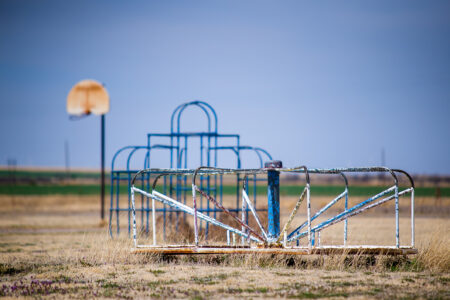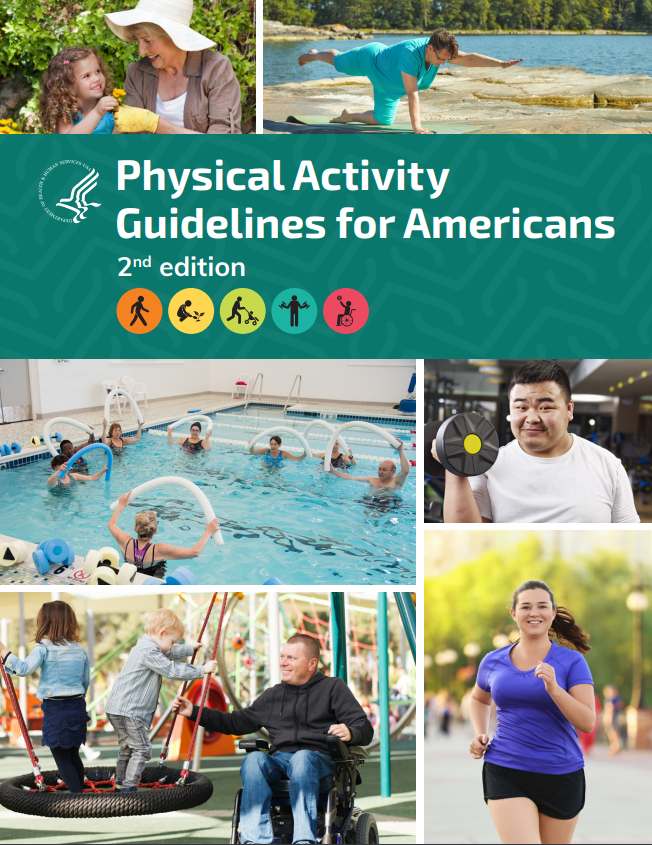
Share On Social!
On November 12, 2018, the second edition of the Physical Activity Guidelines for Americans was released by the U.S. Department of Health and Human Services Office of Disease Prevention and Health Promotion.
Lack of physical activity is linked to approximately $117 billion in annual health care costs and about 10% of premature mortality, according to the report.
Since 2008, the Physical Activity Guidelines for Americans have served as the primary voice of the federal government for evidence-based guidance and recommendations for health professionals and policymakers on how everyone can improve their health through regular physical activity.
The new Guidelines are an important part of a complex and integrated solution to promote health and to reduce the burden of chronic disease in our country.
It should be easy to be physically active in all the places we live, learn, work, and play.
Recommendations
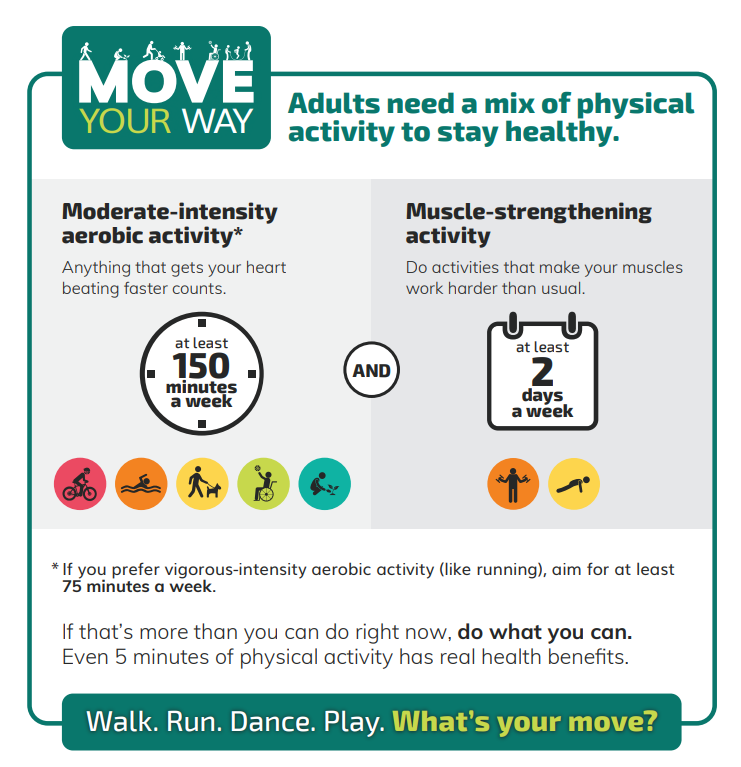
For substantial health benefits, adults and older adults should do at least 150 minutes per week of moderate-intensity aerobic activity, with at least two days a week of muscle-strengthening activity.
Kids and teens ages 6 to 17 should do at least 60 minutes every day, with muscle-strengthening activity, bone-strengthening activity, and vigorous-intensity aerobic activity at least three days a week.
Kids younger than 6 should do at least three hours of activity every day.
Examples of moderate intensity activities include walking, biking, swimming, ballroom or line dancing, gardening, house work, golf, doubles tennis, yoga, and water aerobics.
Scientists know a lot more know about the health benefits of an active lifestyle now, and there is an important distinction between physical activity and exercise.
Anything that gets your heart beating faster, like walking, counts for adults and older adults!
“Once you get the blood rushing through the vessels, you already start having physiological benefits,” said Tim Church of Pennington Biomedical Research Center to NPR Health.
If you are breathing hard but can still have a conversation easily, it’s moderate-intensity activity and counts!
Vigorous intensity activities include jogging, hiking, biking, swimming, tag, basketball, soccer, gymnastics, singles tennis, heavy yard work, and vigorous dancing or aerobics classes.
If you can only say a few words before you have to a breath, it’s vigorous-intensity activity.
Muscle-strengthening activities include squats, lunges, planks, yoga, some forms of tai chi, playing on playground equipment, resistance exercises, and heavy yard work.
Bone-strengthening activities include jogging, jumping, hopping, skipping, gymnastics and sports with jumping or rapid change in direction.
For additional health benefits, adults and older adults should do 300 minutes per week of activity. It’s all about moving more and sitting less.
The new guidelines also include recommendations for women during pregnancy and the postpartum period; adults with chronic health conditions and adults with disabilities; warming up and cooling down; bouts of activity throughout the day and week; and other special considerations.
What Can Sectors of Society Do?
The 2016 National Physical Activity Plan identified nine sectors of society that have a role to play in promoting physical activity.
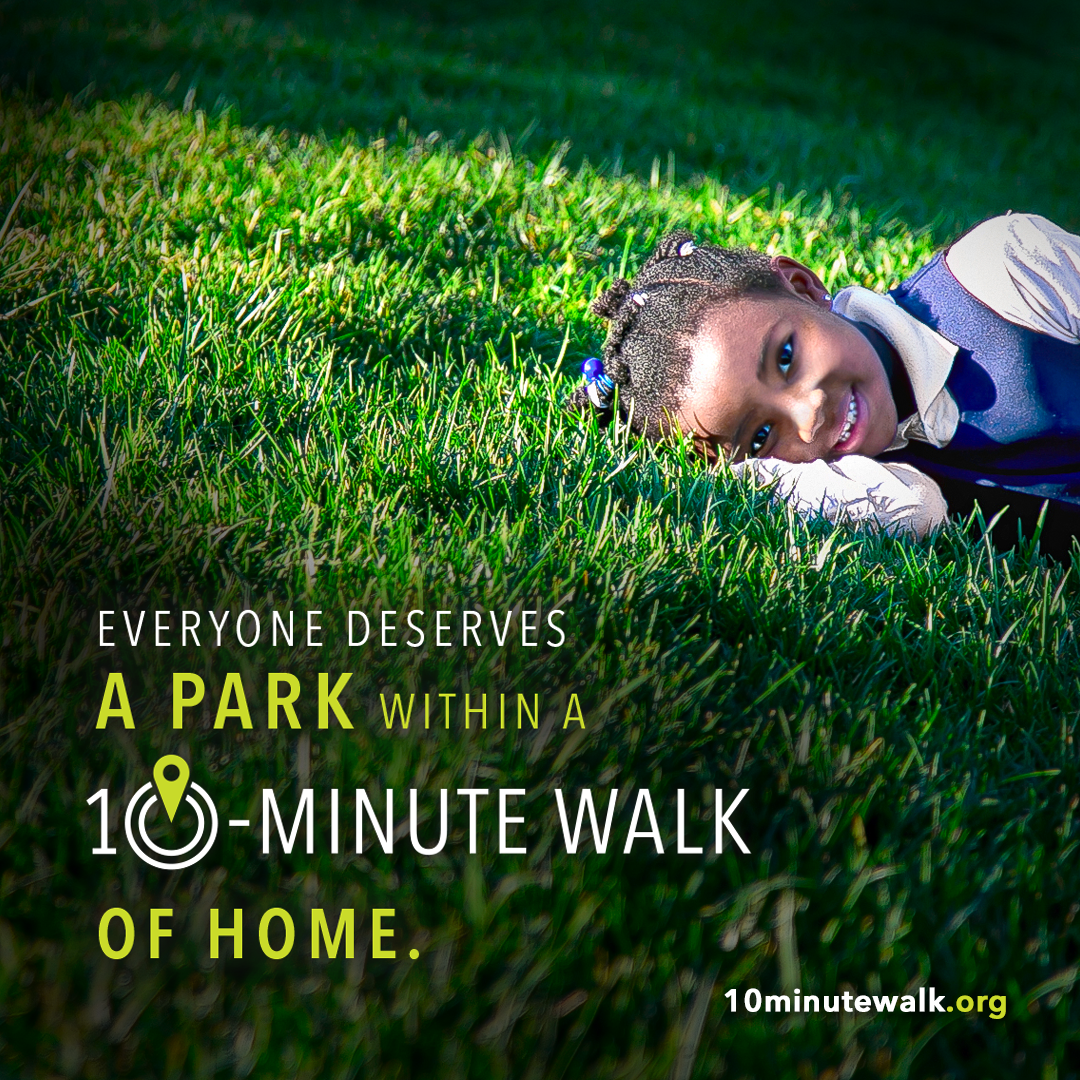
For example, the education and community recreation and parks sectors play a leading role in providing access to and programming in places for physical activity, like parks, playgrounds, trails, senior centers, swimming pools, school yards, and after-school and intramural sports.
Health care professionals can assess, counsel, and advise patients on physical activity
and how to do it safely.
Additionally, the transportation, land use, and community design sector plays a lead role in designing and providing safe spaces for walking, biking, and playing and creating or improving access to parks and other green spaces.
Download the new Guidelines and spread the word.
The Guidelines will be widely promoted through various communications strategies online and in print, such as the Move Your Way campaign materials for professionals and consumers, and partnerships with organizations that promote physical activity.
The Move Your Way campaign materials include posters, videos, and fact sheets like these:
- Fact Sheet for Adults in English and Spanish
- Fact Sheet for Older Adults in English and Spanish
- Fact Sheet for Parents in English and Spanish
- Fact Sheet for Kids in English and Spanish
- Fact Sheet for Health Care Providers
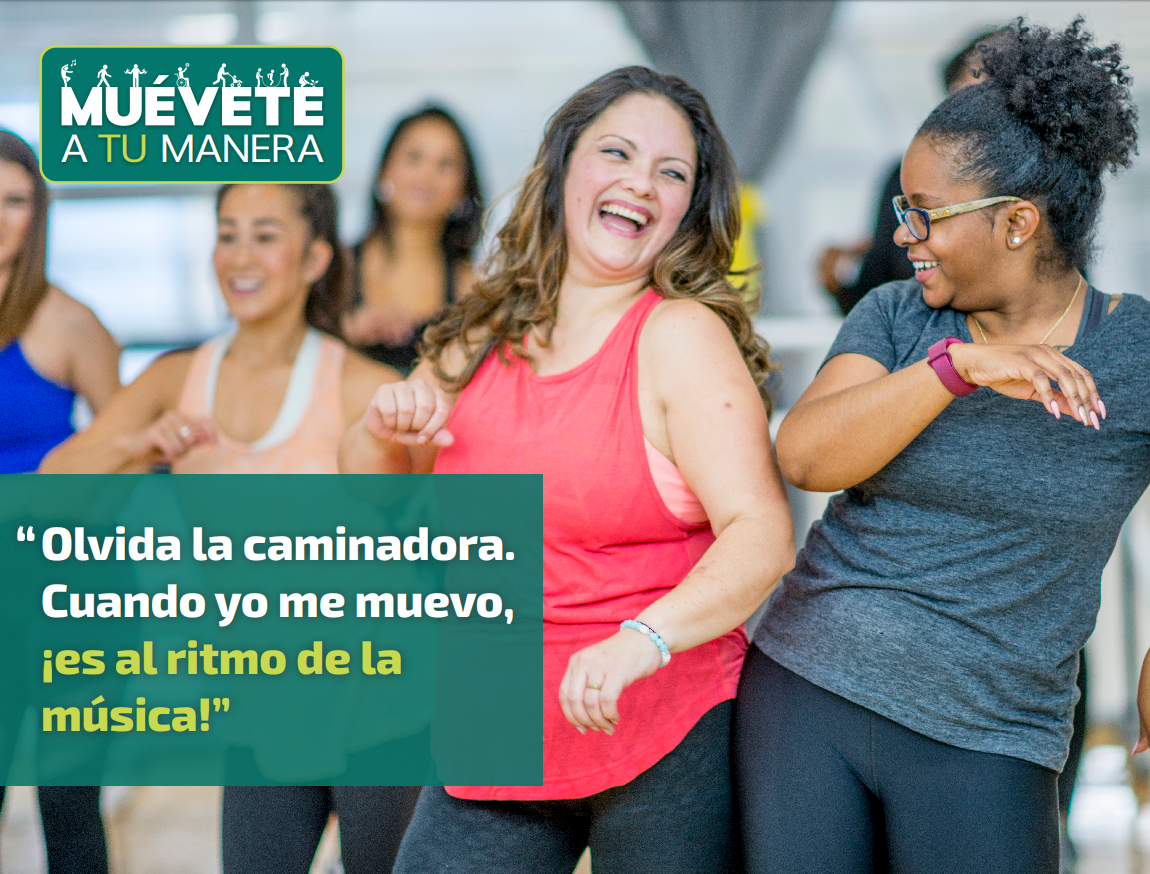
On November 13, 2018 we will be tweeting about the revised guidelines during our #SaludTues Tweetchat.
History of the Guidelines
History of the guidelines:
- 2008: U.S. Department of Health and Human Services (HHS) released the first edition of the Physical Activity Guidelines for Americans.
- 2013: The HHS developed the Physical Activity Guidelines for Americans Midcourse Report: Strategies to Increase Physical Activity Among Youth.
- Summer 2016: The HHS nominated 17 nationally recognized experts in the physical activity and health to serve on the Physical Activity Guidelines Advisory Committee to update the guidelines.
- Early 2018: The committee released the scientific advisory report of evidence-based recommendations for agency and public comment.
- April 2018: Salud America!network members provided 73% (203) of the 278 public comments made during the HHS’s comment period to help shape the next edition.
- Mid 2018: HHS reviewed committee recommentations and agency and public comment during development of the second edition of the Physical Activity Guidelines for Americans.
- November 12, 2018: HHS released the Physical Activity Guidelines for Americans, 2nd
By The Numbers
33
percent
of Latinos live within walking distance (<1 mile) of a park


